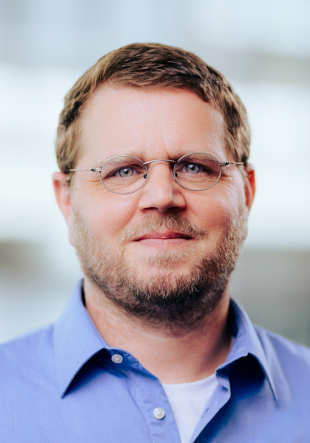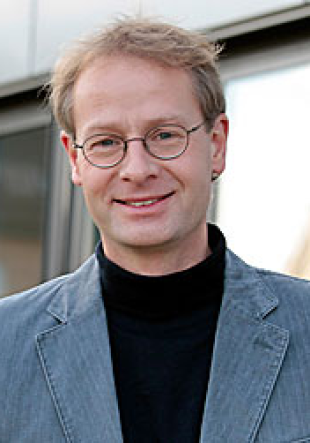Wave Interaction in Photonic Integrated Circuits
Overview
Miniaturized optical systems on photonic chips play an essential role in the growth of global telecommunications, or for the realization of compact high-performance sensors for environmental, chemical, biological, or medical purposes. The components of these systems exploit the varying propagation behaviour that light waves exhibit when travelling through different materials. Specifically structured devices allow to guide and manipulate light on micrometer scales. Computational tools are indispensable for specific design tasks as well as for more fundamental investigations in this field. Difficulties arise from the usually very limited range of applicability of purely analytical models, and from the frequently prohibitive effort required for rigorous numerical simulations. Hence, in this project, we will follow an intermediate strategy. Typically, a photonic integrated circuit consists of combinations of elements (waveguide channels, cavities), the simulation and design of which is reasonably well established, usually through more or less mature numerical solvers. What remains is to predict quantitatively the interaction of the waves (modes) supported by these elements. Here we proposed recently a quite general, "Hybrid" variant (HCMT) of a technique known as Coupled Mode Theory. Using methods from the realm of finite-element numerics, the optical properties of a circuit are approximated by superpositions of eigen-solutions for its constituents, leading to good quantitative, reasonably low-dimensional, and easily interpretable models. So far the technique has been applied successfully to certain classes of structures in 2-D, including composites of straight and curved waveguides, but also circuits with localized resonances. Motivated by those experiences, in this project we like to show that, and to explore in how far, the HCMT methods can be extended (I) to full 3-D models, (IIa) to circuits with gradually varying channels, and (IIb) to configurations with periodically corrugated regions / photonic crystals. Theory and algorithms will be investigated, and software prototypes will be implemented, that realize the HCMT approach for 2- and 3-D simulations. These are meant to eventually lead to computational tools that will be adequately accurate and efficient, but also sufficiently general and convenient, for practical design work.
DFG Programme Research Grants
Participating Person Professor Dr. Jens F?rstner
Key Facts
- Grant Number:
- 260578602
- Research profile area:
- Optoelectronics and Photonics
- Project duration:
- 01/2014 - 12/2017
- Funded by:
- DFG
- Website:
-
DFG-Datenbank gepris


